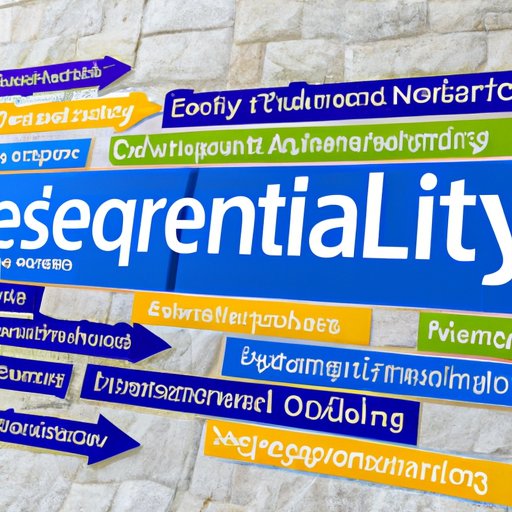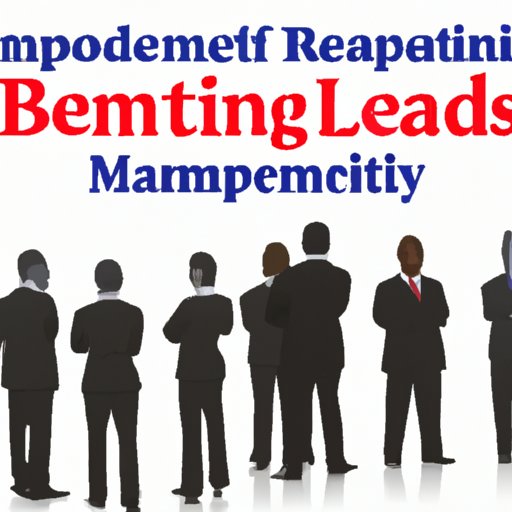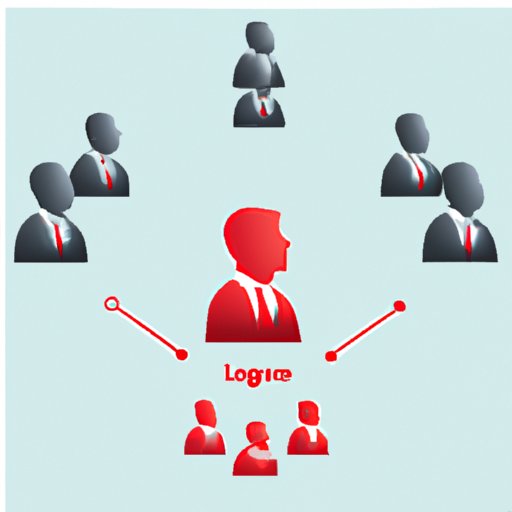Introduction: What is the Purpose of Leadership?
Leadership is a complex concept that has been studied extensively by scholars over the years. While there is no single definition of leadership, it is generally accepted as the ability to influence and motivate others towards achieving a common goal or vision. Leaders have the power to inspire, guide, and motivate individuals and teams to reach their full potential.
In this article, we will explore what is the purpose of leadership and discuss its essential qualities, roles, and benefits. We will also look at how leadership can create sustainable change, and the different styles of leadership and their impact on performance.

Exploring the Essential Qualities of Effective Leadership
Effective leadership requires a combination of certain traits and skills. These include communication, decision-making, problem-solving, delegation, creativity, empathy, self-awareness, and resilience. Leaders must be able to motivate and inspire others, while remaining flexible and open to new ideas.
These qualities can be developed through experience, practice, and training. Leaders should strive to continually improve their skills and stay up-to-date with current developments in their field.
Examining the Role of Leadership in Achieving Organizational Goals
Leaders play an important role in helping organizations achieve their objectives. They must understand the organization’s goals and develop strategies for achieving them. This includes setting clear expectations, communicating effectively, and recognizing and rewarding good performance.
An effective leader will also foster collaboration and encourage innovation. They should be able to identify problems and opportunities and make timely decisions based on data and analysis.
Examples of successful leadership can be found throughout history. For example, Mahatma Gandhi led India’s independence movement using nonviolent civil disobedience. More recently, Steve Jobs revolutionized the technology industry with his innovative products and leadership style.

Investigating the Benefits of Leadership for Individuals and Teams
Leadership can bring many benefits to individuals and teams. It can improve morale and motivation, increase productivity, and promote better communication and collaboration. Leaders can also help employees develop their skills and advance their careers.
Leadership can also create a positive work culture by setting a good example and providing guidance and support. This can contribute to improved job satisfaction, increased loyalty, and greater commitment to the organization.

Exploring How Leadership Can Create Sustainable Change
Leadership can play a key role in creating sustainable change within an organization. Leaders must first identify areas for improvement and develop a plan for how to achieve them. This often involves working with stakeholders and engaging employees in the process.
Once a plan is in place, leaders must implement and monitor changes to ensure they are successful. They should also adjust their strategies as needed and provide feedback and support to those involved.
Discussing Different Styles of Leadership and Their Impact on Performance
Leaders use different styles of leadership depending on the situation and the people they are leading. The most common styles are autocratic, democratic, laissez-faire, and transformational. Each has its own advantages and disadvantages and can have a significant impact on performance.
Autocratic leaders make all the decisions and expect obedience from their followers. Democratic leaders involve their followers in making decisions and seek their input. Laissez-faire leaders delegate responsibility and allow their followers to make their own decisions. Transformational leaders motivate and inspire their followers to reach their full potential.
Conclusion: Understanding the Purpose of Leadership
In conclusion, this article has explored what is the purpose of leadership and examined its essential qualities, roles, benefits, and how it can create sustainable change. Different styles of leadership were discussed and their impact on performance.
Leadership is an important skill for any organization and can have a significant impact on performance. Effective leaders must have the right qualities and be able to motivate and inspire their followers. They must also be able to identify opportunities for improvement and implement strategies for achieving organizational goals.
By understanding the purpose of leadership and developing the right skills, leaders can create positive and lasting change within their organizations.
(Note: Is this article not meeting your expectations? Do you have knowledge or insights to share? Unlock new opportunities and expand your reach by joining our authors team. Click Registration to join us and share your expertise with our readers.)
